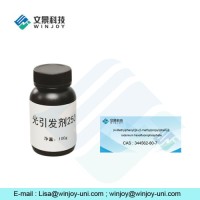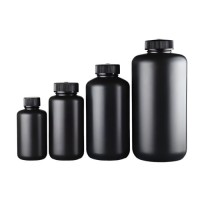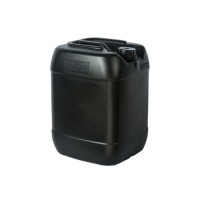
 |
Products
|
Products  Electronic chemicals
Electronic chemicals
 75% concentration UV photoinitiator 250 for curing thick film systems CAS:344562-80-7
75% concentration UV photoinitiator 250 for curing thick film systems CAS:344562-80-7



Photoinitiator 250 is widely used in the following scenarios:
Coatings and Inks: Printing inks (flexographic, screen printing), white coatings, overprint varnishes, especially suitable for thick-film systems (>70 μm) and dark-colored formulations (e.g., those containing rutile, titanium dioxide, or other pigments).
Adhesives: UV-curable adhesives for paper, metal, and plastic surface treatments.
Electronics: Inks for printed circuit boards (PCBs) and photoresists (primarily for PCB photoresists; applicability in display panel or semiconductor photoresists requires further verification).
Other Uses: Graphic arts imaging, antimicrobial coatings, etc.
High Photosensitivity: Strong absorption peaks in the 330–560 nm UV/visible light range, enabling rapid curing, particularly effective in dark-colored systems.
Deep-Layer Curing Capability: Cures films thicker than 70 μm with excellent matting performance.
Thermal Stability: Thermal decomposition temperature of 230°C, stable under high temperatures or in acidic/alkaline solutions.
Low Yellowing: Minimal yellowing under UV exposure, ideal for applications requiring high color stability.
Eco-Friendly & Safe: Photolysis byproducts are complexed with acrylates, eliminating migration risks and complying with environmental standards.
Single or Combined Use: Can be used alone or in combination with α-hydroxyketone initiators (e.g., ITX) or thioxanthone photosensitizers to enhance surface curing speed and efficiency.
Recommended Dosage (by mass percentage):
White coatings: 1.5–3%
Flexographic inks: 1.5–4%
Screen printing inks: 1.5–3%
Overprint varnishes: 1–1.5%
Photosensitizer addition: 0.5–0.7% (e.g., ITX).
Storage: Store in a dark, cool, and dry place, away from strong oxidizers.
Safety: Wear personal protective equipment (PPE) to avoid direct skin contact or inhalation of dust.